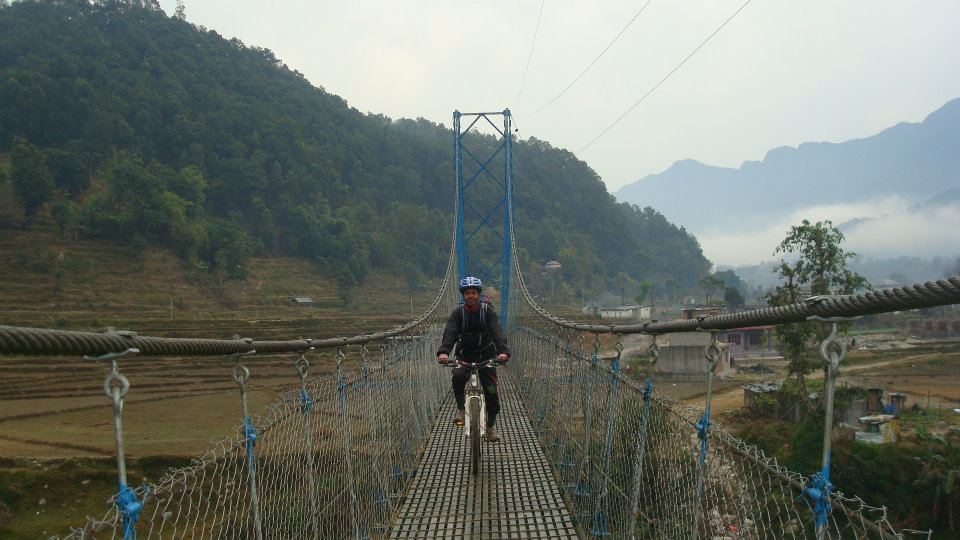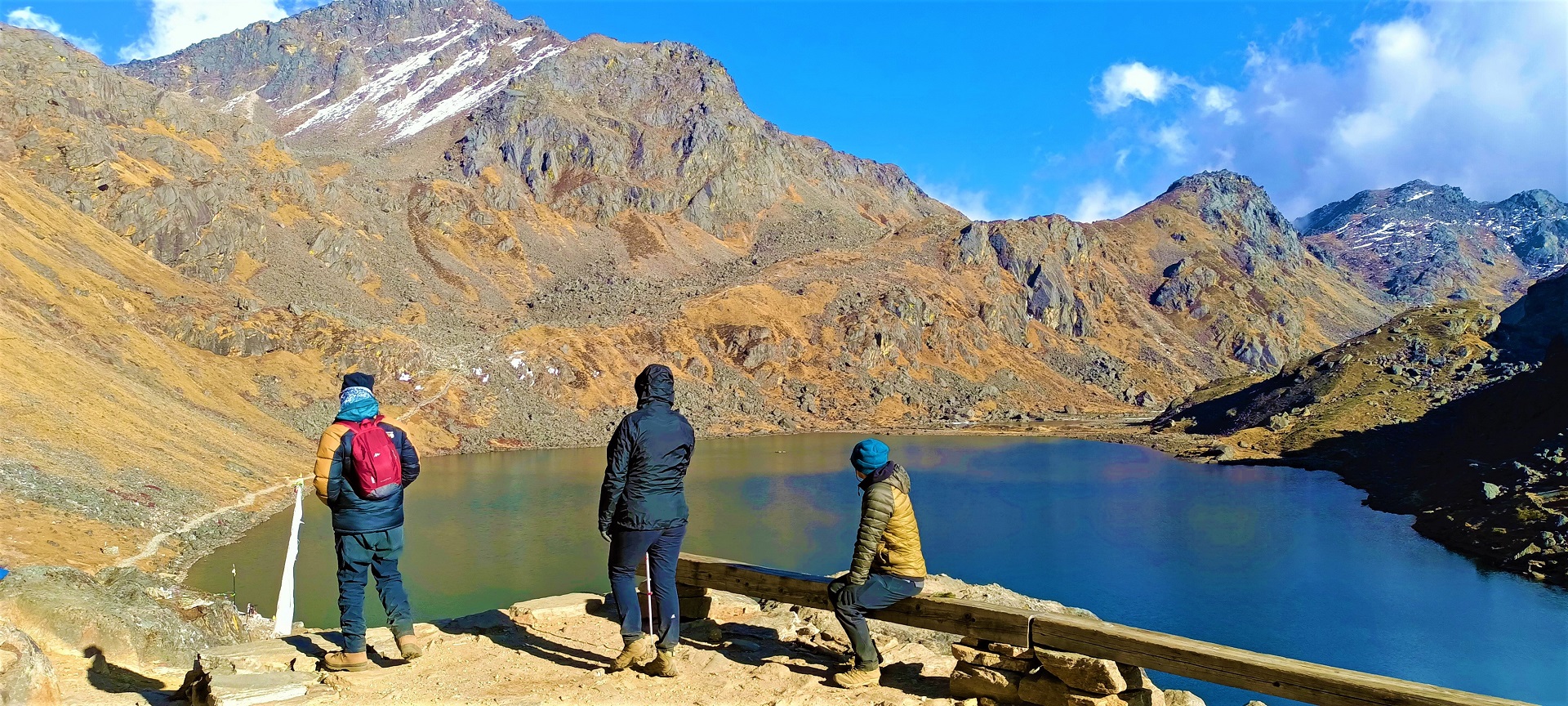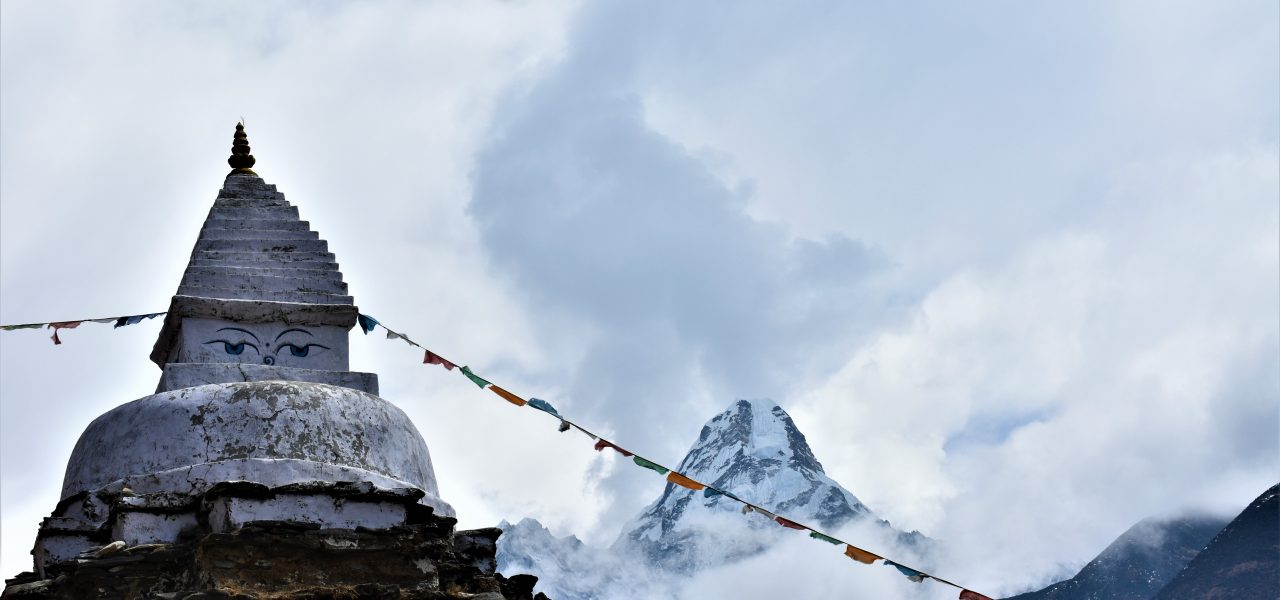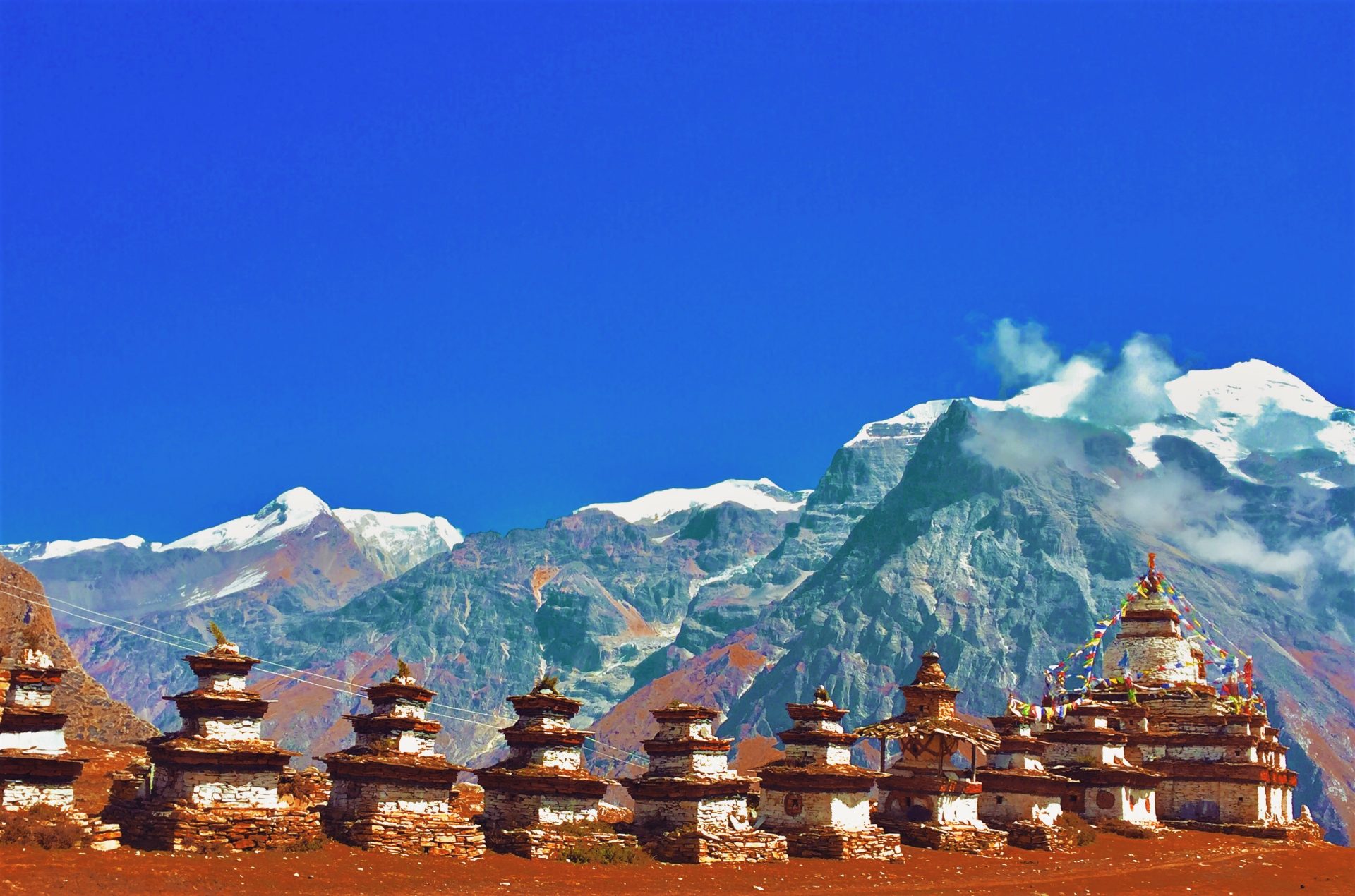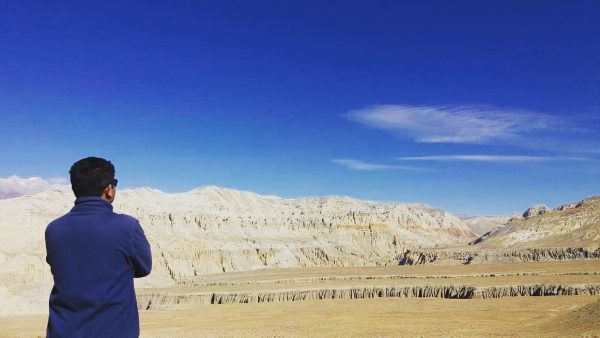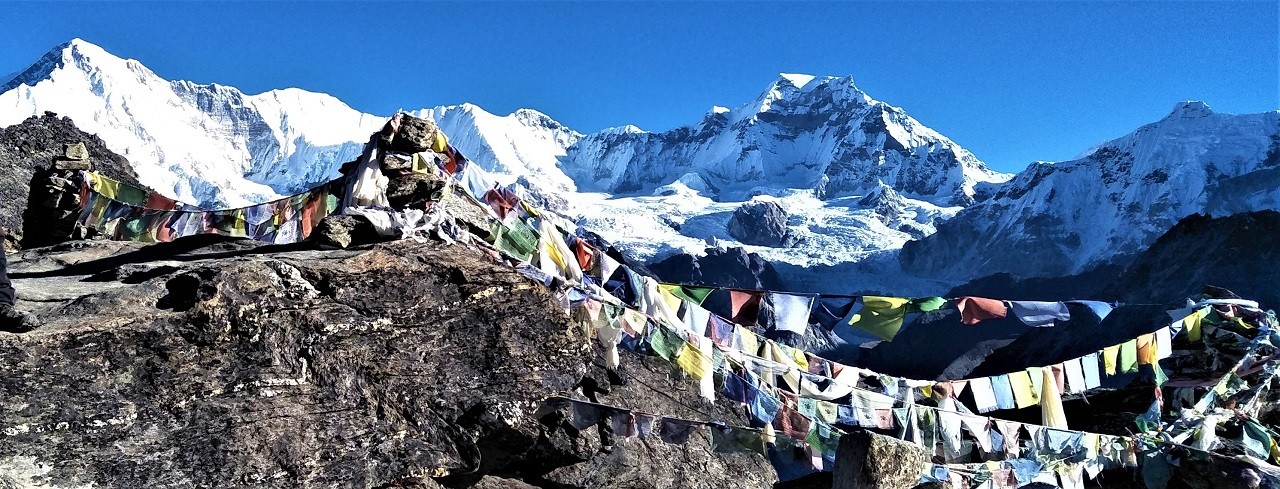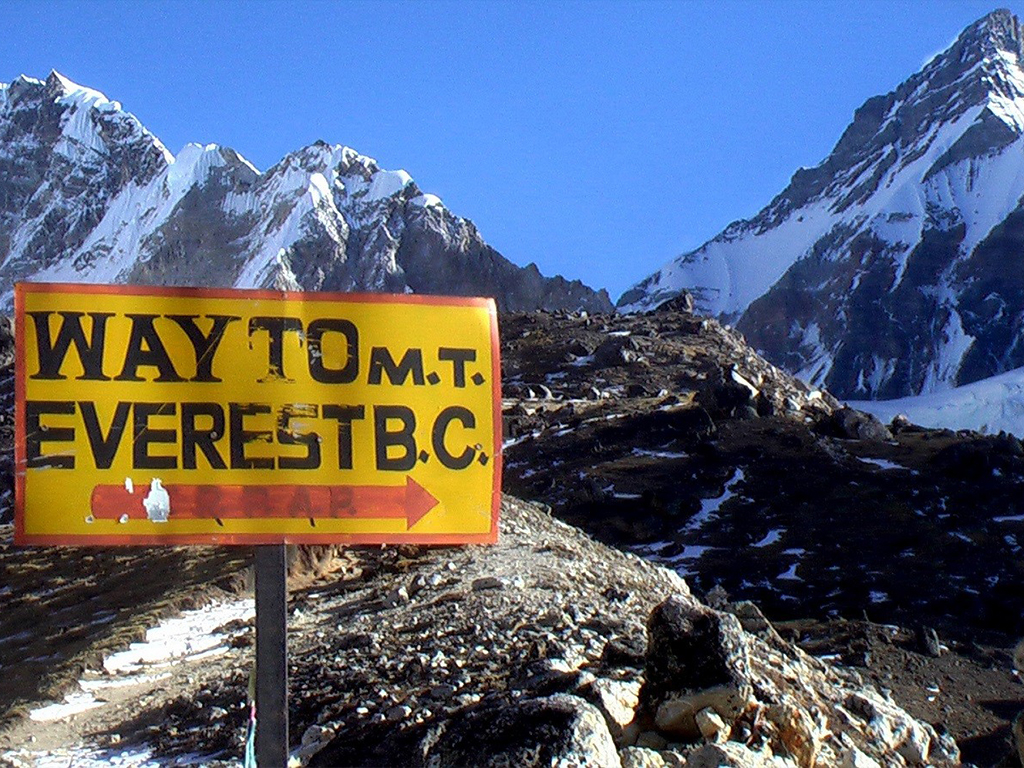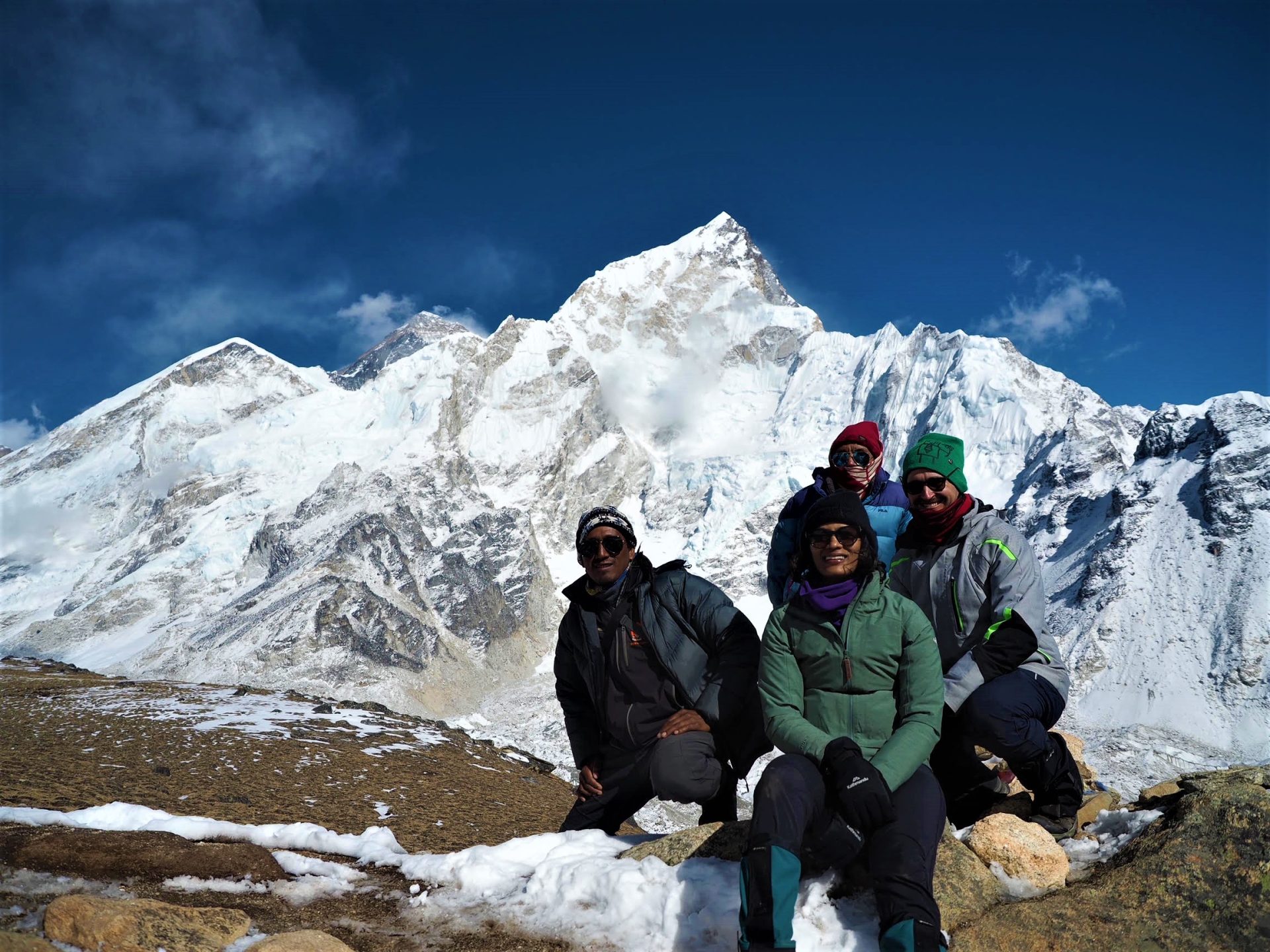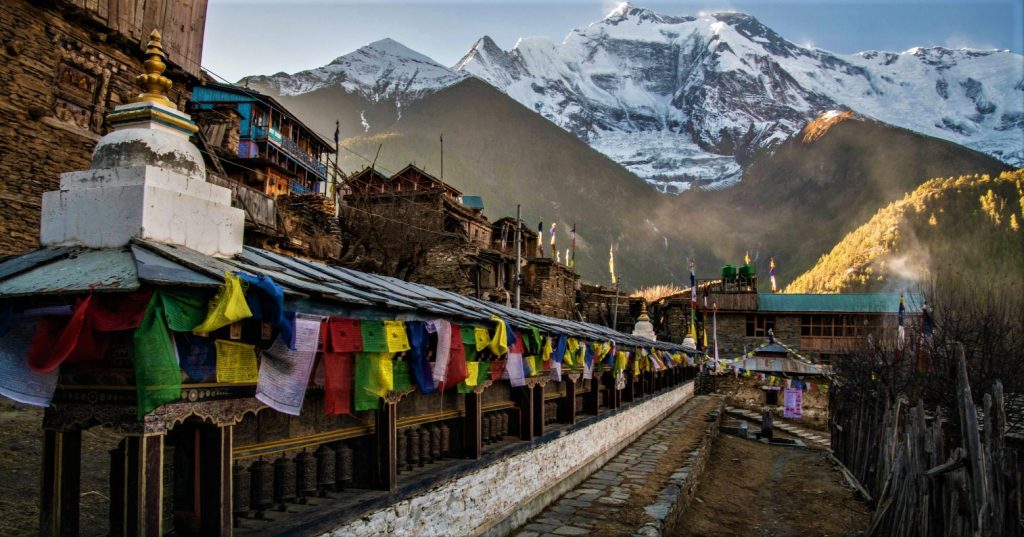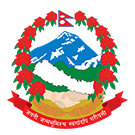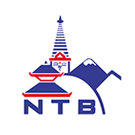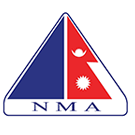Everest Base Camp Comfort Trek is the adventure of a lifetime for those whose dreams rise higher than even the clouds. The trek to Everest Base Camp is an amazing and challenging experience.
This trek lets you be part of the highland interesting Sherpa culture and incredible massive mountains such as Mount Everest. You will stand face-to-face with the world’s highest mountain – Mountain Everest (8,850 m), and witness numerous other adjacent peaks. The trip allows you to connect with the Sherpa people and enjoy their amazing hospitality. Not only that, you get to try out the regional cuisine that helps to discover new tastes, flavors, and textures.
During the trek, we use the chain of Yeti Mountain Homes and Everest Summit Lodges in Lukla, Phakding Thame, Tashinga, Namche Bazaar, and Pangboche. The lodges offer comfortable beds and en-suite bathrooms. These are environmentally friendly and known for the most scenic views due to their special location. However, there are no comfort lodges above Pangboche village.
The journey starts in primeval Kathmandu, where you will explore the medieval city for a cultural experience. Then, you take the flight to the mountain airstrip at Lukla for your trek to Everest Base Camp (5,364 m). During the trek, you will stroll across airy suspension bridges to cross the fast-flowing Dudh-Koshi River. Also, the trek brings you through the heavenly landscapes of yaks grazing in the pastureland and the stone huts of migrants. Along the beautiful trekking paths, you’ll come across ancient monasteries, gompas, colorful Mani walls, unusual chortens, and fluttering prayer flags.
The blanketed forest of birch and bamboo trees provides a peaceful nature to trek through. The picturesque landscapes of Mount Everest and the adjacent peaks provide the perfect backdrop for the trek. Furthermore, the route is heavenly as you reach closer to the panorama of the highest peaks in the world. Khumbu glacier started appearing to make the views more attractive. After an overwhelming time at EBC, you take an ascent to rocky Kala Patthar. You can see a rewarding view of Everest and many other massive white peaks in closer proximity. Moreover, you will stand on the highest point of the adventure at 5,545 m elevation. The scenery, as a whole, is undeniably mesmerizing.
This is a sample itinerary of the Everest Base Camp Comfort Trek. We can tailor-make the program as per your needs and preferences.
Note: Below trekking hours, altitudes and distances are approximate, and absolutely for the general idea only.

